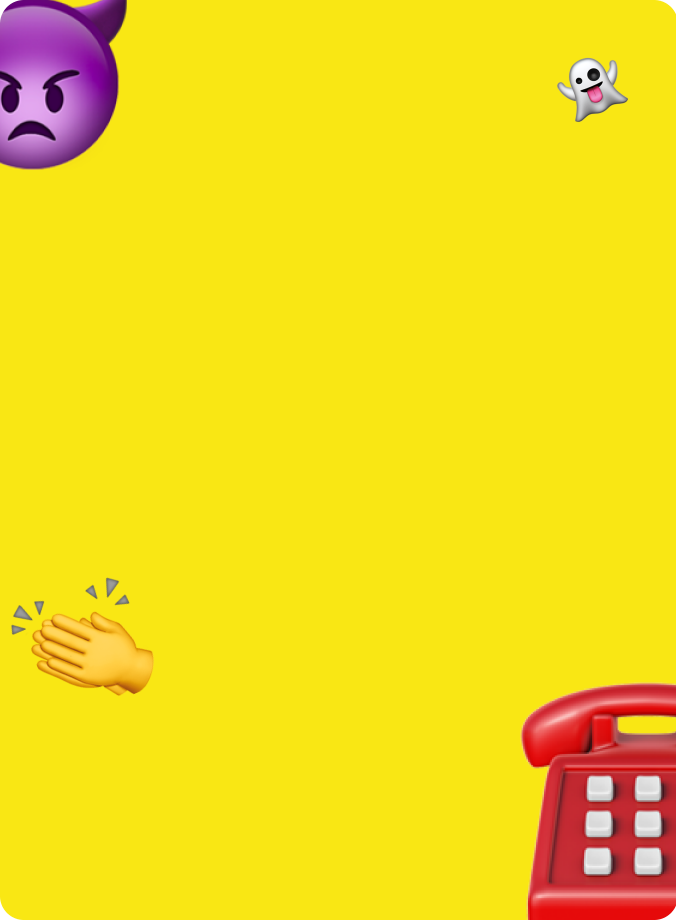In today's digital era, the term "undress tool" has gained significant attention, both positively and negatively. It refers to a software or application that uses artificial intelligence (AI) and machine learning algorithms to digitally remove clothing from images. While this technology has sparked debates about privacy and ethical concerns, understanding its purpose, functionality, and implications is essential.
The undress tool operates by analyzing patterns in images and generating realistic results through advanced computational techniques. This technology is not just about altering images but also raises important questions about consent, data privacy, and the ethical boundaries of AI applications.
In this comprehensive guide, we will delve into the world of undress tools, exploring their history, functionality, legal implications, and potential applications. Whether you're a tech enthusiast, a concerned individual, or someone looking to understand the broader implications of this technology, this article will provide valuable insights.
Read also:Ebony Warrior Studios Controversy The Inside Scoop You Need To Know
Table of Contents
- What is an Undress Tool?
- History and Evolution of Undress Tools
- How Does an Undress Tool Work?
- Legal Considerations and Ethical Concerns
- Potential Applications of Undress Tools
- Privacy Issues and Data Security
- Impact on Various Industries
- Alternatives to Undress Tools
- Future Predictions and Technological Advancements
- Conclusion
What is an Undress Tool?
An undress tool is a type of software or application that leverages artificial intelligence to digitally remove clothing from images. This technology uses deep learning algorithms and neural networks to analyze patterns in images and create realistic results. The primary function of these tools is to alter visual content, often raising questions about their ethical and legal use.
While the term "undress tool" may sound controversial, its development is rooted in advancements in computer vision and image processing. Initially designed for creative purposes, such as fashion design and virtual try-on applications, these tools have evolved into more sophisticated systems capable of producing highly realistic outputs.
However, the rise of undress tools has also led to concerns about misuse, particularly in the context of non-consensual image manipulation. As we explore further, it becomes crucial to understand the balance between technological innovation and ethical responsibility.
History and Evolution of Undress Tools
Early Developments in Image Manipulation
The concept of altering images dates back to the early days of digital photography and graphic design software. Programs like Adobe Photoshop allowed users to manipulate images creatively, but the process was labor-intensive and required advanced technical skills.
With the advent of machine learning and AI, the landscape changed dramatically. Researchers began exploring ways to automate image manipulation tasks, leading to the development of tools capable of recognizing and altering specific elements within images.
Rise of AI-Powered Tools
The modern undress tool emerged as a result of breakthroughs in AI and computer vision. By training neural networks on vast datasets of images, developers created algorithms capable of identifying clothing patterns and generating realistic outputs. These tools gained popularity due to their ease of use and ability to produce high-quality results.
Read also:El Diablo En Patines The Ultimate Roller Skating Thrill
Despite their potential, these advancements also sparked debates about the ethical implications of such technologies, particularly in cases where consent was not obtained.
How Does an Undress Tool Work?
At its core, an undress tool relies on advanced algorithms to analyze and manipulate images. The process involves several key steps:
- Image Analysis: The tool scans the input image to identify clothing patterns, textures, and contours.
- Pattern Recognition: Using machine learning models, the tool recognizes specific elements of clothing and maps them to the underlying body structure.
- Image Reconstruction: The tool generates a new image by replacing the identified clothing elements with skin-like textures, ensuring realistic results.
These steps are powered by deep learning techniques, such as convolutional neural networks (CNNs), which enable the tool to learn from large datasets and improve its accuracy over time. While the technology is impressive, its reliance on pre-existing data raises concerns about bias and representation.
Legal Considerations and Ethical Concerns
Non-Consensual Use of Images
One of the most significant ethical concerns surrounding undress tools is the potential for non-consensual image manipulation. This practice, often referred to as "deepfake pornography," involves altering images without the consent of the individuals depicted. Such misuse can lead to severe emotional distress and reputational damage.
Legal frameworks around the world are beginning to address these issues, with some countries introducing laws to combat non-consensual image manipulation. However, enforcement remains challenging due to the global nature of the internet and the ease with which these tools can be distributed.
Intellectual Property and Copyright
Another legal consideration is the issue of intellectual property. Many undress tools rely on datasets containing copyrighted images, raising questions about the legality of their use. Developers must ensure that their tools comply with copyright laws and obtain necessary permissions when using third-party content.
Potential Applications of Undress Tools
Despite the controversies, undress tools have several legitimate applications across various industries. Some of these include:
- Fashion Design: Designers can use these tools to visualize clothing on virtual models, reducing the need for physical prototypes.
- Entertainment Industry: Film and video game developers can employ undress tools to create realistic character models and enhance visual effects.
- Medical Field: Researchers can utilize these tools to study skin conditions and simulate surgical outcomes.
By focusing on ethical and responsible use, these applications can contribute positively to society while minimizing potential harm.
Privacy Issues and Data Security
Privacy remains a critical concern when it comes to undress tools. The collection and storage of sensitive image data pose significant risks, particularly if this information falls into the wrong hands. Developers must prioritize data security by implementing robust encryption and access controls.
Additionally, users should be aware of the potential risks associated with sharing images online. Educating individuals about the importance of consent and digital privacy can help mitigate some of these concerns.
Impact on Various Industries
Entertainment and Media
The entertainment industry has embraced undress tools for enhancing visual effects in films and video games. These tools allow creators to produce realistic character models and simulate complex scenarios, pushing the boundaries of storytelling.
Healthcare and Medicine
In the healthcare sector, undress tools can aid in diagnosing skin conditions and planning surgical procedures. By generating accurate representations of the human body, these tools assist medical professionals in providing better care to their patients.
Education and Research
Undress tools also have applications in educational settings, where they can be used to teach anatomy and biology. Researchers can leverage these tools to study human physiology and develop new treatments for various conditions.
Alternatives to Undress Tools
For those seeking less controversial options, several alternatives exist. These include:
- Virtual Try-On Apps: These apps allow users to visualize clothing on virtual models without altering the original image.
- Image Enhancement Software: Programs like Adobe Photoshop offer advanced tools for editing images while maintaining user control over the process.
- AI-Powered Design Platforms: Platforms like Canva and Figma provide users with tools to create and edit visual content responsibly.
By exploring these alternatives, individuals can achieve similar results without compromising ethical standards.
Future Predictions and Technological Advancements
The future of undress tools lies in the continued development of AI and machine learning technologies. As these tools become more sophisticated, they will likely offer improved accuracy and functionality while addressing existing ethical concerns.
Researchers are actively exploring ways to incorporate consent mechanisms into these tools, ensuring that users have control over how their images are manipulated. Additionally, advancements in data privacy and security will play a crucial role in shaping the future of this technology.
Conclusion
In conclusion, undress tools represent a significant advancement in AI and image processing technology. While they offer numerous potential applications, their use must be guided by ethical considerations and legal frameworks to ensure responsible deployment.
We invite you to share your thoughts and experiences in the comments section below. Additionally, feel free to explore other articles on our website for more insights into emerging technologies and their impact on society. Together, we can foster a better understanding of the digital world and its implications for the future.


